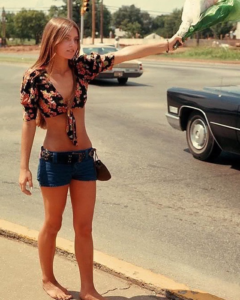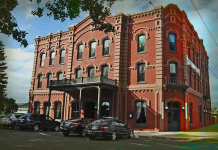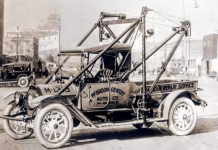The hippie subculture (also known as the flower people) began its development as a youth movement in the United States during the early 1960s and then developed around the world.
The word hippie is derived from the word hip, which conveys being up to date and fashionable.

In the 1950s, “hip” was commonly applied to the Beats (people who rejected standard narrative values), such as Allen Ginsberg and Jack Kerouac, who represented and inspired the bohemian artist communities in San Francisco, Los Angeles, and New York City.
These Beat writers and thinkers were idolized by a growing number of youths in the 1960s, and by 1965 a counterculture movement began to converge in San Francisco’s Haight-Ashbury district.
The term hippie was soon applied by local journalists to this new subculture, and the word gained national (and soon international) recognition in 1967 thanks in large part to the frequent use of the word by San Francisco Chronicle columnist Herb Caen.
The term can be descriptive or derogatory and was not initially used by the youths to describe themselves.
Not a new concept:
The hippie movement has found historical precedents as far back as the Mazdakist movement in Persia, whose leader the Persian reformer Mazdak, advocated communal living, the sharing of resources, vegetarianism, and free love.
A 1967 article in Time magazine asserted that the hippie movement has a historical precedent in the counterculture of the Ancient Greeks, espoused by philosophers like Diogenes of Sinope and the Cynics.
The article also claimed that the hippies were influenced by the ideals of Jesus Christ, Hillel the Elder, Buddha, St. Francis of Assisi, Henry David Thoreau, Gandhi, and others.
Nathan Adler believed the hippies were heirs of early spiritual movements such as the Waldensians.
The Beat Generation, especially those associated with the San Francisco Renaissance, gradually gave way to the 1960s era counterculture, accompanied by a shift in terminology from “beatnik” to “freak” and “hippie”.
Haight-Ashbury:
Some of the early San Francisco hippies were former students at San Francisco State College (later renamed San Francisco State University) who were intrigued by the developing psychedelic hippie music scene and left school after they started taking psychedelic drugs.
These students joined the bands they loved and began living communally in the large, inexpensive Victorian apartments in the Haight.
Young Americans around the country began moving to San Francisco, and by June 1966, around 15,000 hippies had moved into the Haight.
The Charlatans, Jefferson Airplane, Big Brother and the Holding Company, and the Grateful Dead all moved to San Francisco’s Haight-Ashbury neighborhood during this period.






